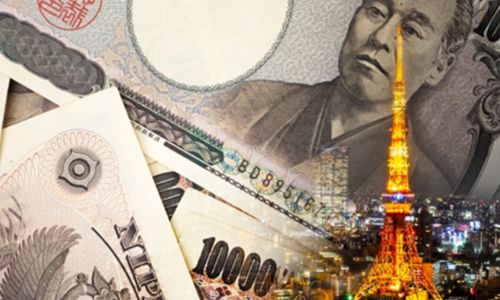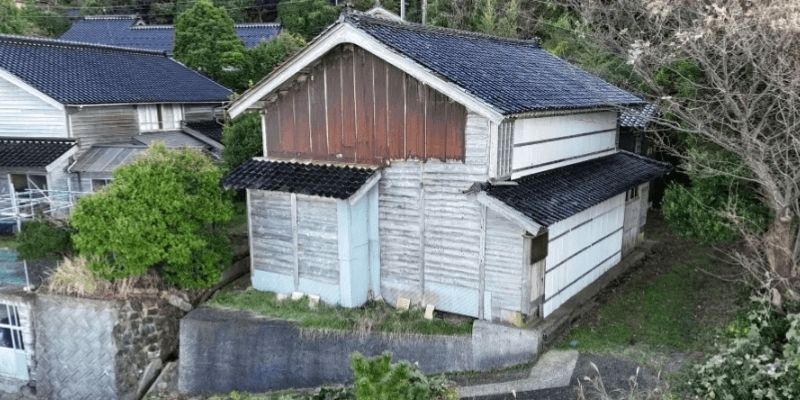With a Tokyo median income of around ¥576,000 per month, finding a place to rent or buy is achievable with the right choice of location. From compact flats in the city center to spacious homes in the suburbs, you can secure a comfortable living space that fits both your income and lifestyle.
What Is the Median Income in Tokyo?
As of 2025, the typical monthly income for workers in Tokyo is estimated at JPY 471,000 (approximately USD 3,470). This median figure offers a more grounded view of earnings, representing the point where half the population earns below and half earns above. Interestingly, Tokyo’s median salary falls slightly below the national average of JPY 472,000, despite the city’s role as Japan’s financial and business centre. Meanwhile, the mean income in Tokyo is about JPY 574,000. Though it tends to be skewed by top earners.
This contrast between median and mean income underlines the city’s income disparity. That’s why the median is often a more accurate benchmark for understanding what most workers make at home each month. Considering Tokyo’s elevated cost of living, especially in rent and daily necessities, those earning at the median level may need to budget wisely. For a more secure and comfortable standard of living, particularly for families, an annual income between ¥10 – 12 million JPY is generally seen as sufficient.

Tokyo median income slightly below national average
Median vs. Average Income in Tokyo
Tokyo’s job market in 2025 reveals an interesting income pattern: the median monthly salary sits at approximately JPY 471,000 (around $USD 3,470, while the average income is significantly higher at about ¥5JPY 574,000roughly USD 4,229
This difference says a lot about income distribution in the city. The median represents the middle point, where half of the workers earn less and half earn more, making it a more realistic snapshot of what a typical employee might earn. Unlike the average, it isn’t thrown off by a few exceptionally high salaries.
In contrast, the average salary reflects the total income divided by the number of earners. While useful in some contexts, this figure can overestimate the typical income due to being heavily influenced by top earners. The noticeable gap between these two numbers suggests that many workers earn below the “average.”

Tokyo’s median pay lags behind the mean, showing income disparity.
Average Middle-Income Range for Families in Tokyo
In Japan, households with two or more members earn an average monthly income of around JPY 636,155 (roughly USD 4,700 at current exchange rates). While this offers a general sense of national earnings, it doesn’t fully reflect the reality in Tokyo, where the cost of living is significantly higher than in many other parts of the country.
At the moment, there’s no official data on the median household income specifically in Tokyo. However, considering the median individual income in the city is approximately JPY 471,000 per month (about USD3,470), it’s reasonable to assume that a household, especially one with two working adults, would earn well above this amount.
Understanding household income is especially important when looking at life in Tokyo, where everyday expenses like rent, transportation, and groceries can quickly add up. If you’re planning to live, work, or budget in the city, knowing what a typical household brings in can help paint a clearer financial picture.

Tokyo families probably have incomes exceeding the median individual wage.
Income Disparities Across Tokyo’s Wards
Tokyo’s special wards show a clear contrast in residents’ income levels. Here are some representative wards:
- Minato Ward: Boasting an annual average income of roughly ¥11.6 million, Minato is known for its upscale neighbourhoods like Roppongi and Omotesando, as well as hosting many corporate headquarters.
- Chiyoda Ward: As Tokyo’s political and financial hub, Chiyoda has an average yearly income of ¥10.05 million. It is home to the Imperial Palace and several key government offices.
- Shibuya Ward: Famous for its youthful energy and popular shopping districts such as Harajuku and Daikanyama, Shibuya’s average annual income stands around ¥8.85 million.
- Adachi Ward: Located in northeastern Tokyo, Adachi offers a more affordable lifestyle with an average yearly income of about ¥3.47 million.
- Katsushika Ward: Known for its traditional neighbourhoods and close-knit communities, Katsushika’s average income is approximately ¥3.8 million per year.
- Edogawa Ward: Renowned for its family-friendly atmosphere and abundant green spaces, Edogawa residents earn an average of around ¥4 million annually.
These figures highlight the significant economic disparities that exist across Tokyo’s wards, shaped by factors such as location, local economy, and living environment.
What Can You Afford with the Median Income in Tokyo?
In Tokyo, the median monthly salary is about ¥471,000 (roughly $3,470), which can support a comfortable lifestyle for a single person who manages their money carefully. Every day costs, not including rent, usually come to around ¥152,000 ($1,060) each month. Renting a one-bedroom apartment outside the city centre generally costs between ¥90,000 and ¥110,000, while apartments closer to downtown can be ¥150,000 or higher.
Once these basic expenses are paid, most individuals have between ¥150,000 and ¥200,000 left over for savings, leisure activities, or other needs. However, with inflation pushing up prices for key items like rice and vegetables, budgeting thoughtfully is becoming increasingly important to keep life stable.
For families, living expenses tend to rise significantly, especially with the added costs of housing, schooling, and healthcare. As a result, the median income may not stretch far enough to cover all needs comfortably without additional income sources.

Tokyo’s typical wage supports essentials, though expenses increasingly strain households.
How Tokyo’s Median Income Compares to Other Cities in Japan
Tokyo’s median monthly income in 2025 is about ¥471,000, or roughly $3,470, ranking it among Japan’s top-earning cities. Compared to other major cities, Tokyo’s median salary remains strong, though it’s not always the highest, like:
- Tokyo: ¥471,000 JPY (~$3,470 USD)
- Osaka: ¥472,000 JPY (~$3,031 USD)
- Kyoto: ¥450,000 JPY (~$3,313 USD)
- Fukuoka: ¥440,000 JPY (~$3,240 USD)
While Osaka slightly edges out Tokyo in median income, Tokyo still outperforms Kyoto and Fukuoka. However, it’s important to remember that Tokyo’s living expenses are significantly higher, given its role as the capital and economic centre, which can offset the benefits of higher pay. Overall, Tokyo offers competitive wages relative to other large Japanese cities, but the elevated cost of living means disposable income might be more limited.
Is the Median Income Enough for a Comfortable Life in Tokyo?
With a median monthly income of about ¥471,000 (roughly $3,470) in Tokyo, a single person can live quite comfortably by managing their expenses wisely. Monthly living costs, excluding rent, are estimated to be around ¥152,000 (about $1,060). Renting a one-bedroom apartment in the suburbs typically ranges from ¥90,000 to ¥110,000, while prices in central Tokyo can reach ¥150,000 or even higher.
After covering essential expenses, most people still have between ¥150,000 and ¥200,000 left each month, which can be used for savings, leisure, or other personal needs. That said, with recent inflation and rising prices of everyday items like rice and vegetables, it’s become more important than ever to budget carefully to maintain a comfortable lifestyle.
For families, the cost of living is significantly higher, especially when factoring in housing, education, and healthcare expenses. As a result, the median income may not always be enough to support a comfortable life without additional sources of income.
Conclusion
A median monthly income of around ¥471,000 (approximately $3,470) allows workers in Tokyo to maintain a stable lifestyle when managing their expenses carefully. Despite the high cost of living, especially rent and food prices, single individuals or couples without children can still save money and enjoy a good quality of life by choosing the right neighbourhood and keeping their spending in check.
However, this income level can feel tight for families, particularly those with young children. Expenses like larger housing, education, and healthcare make it challenging to live comfortably on a single income. Additionally, income varies significantly across Tokyo’s wards, from affluent areas like Minato and Chiyoda to more affordable neighbourhoods such as Adachi and Katsushika.
If you’re planning to move to Japan for work or living, and you need help finding a place to rent or buy, reach out to Arealty. Their team offers free consultations and support to help you find housing that fits both your budget and lifestyle quickly and smoothly.






Leave a Reply